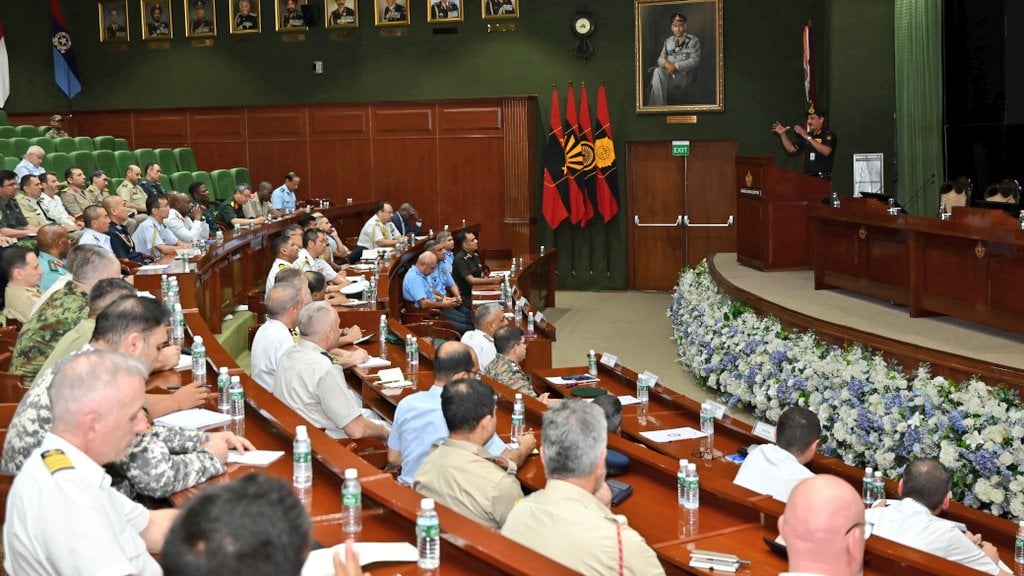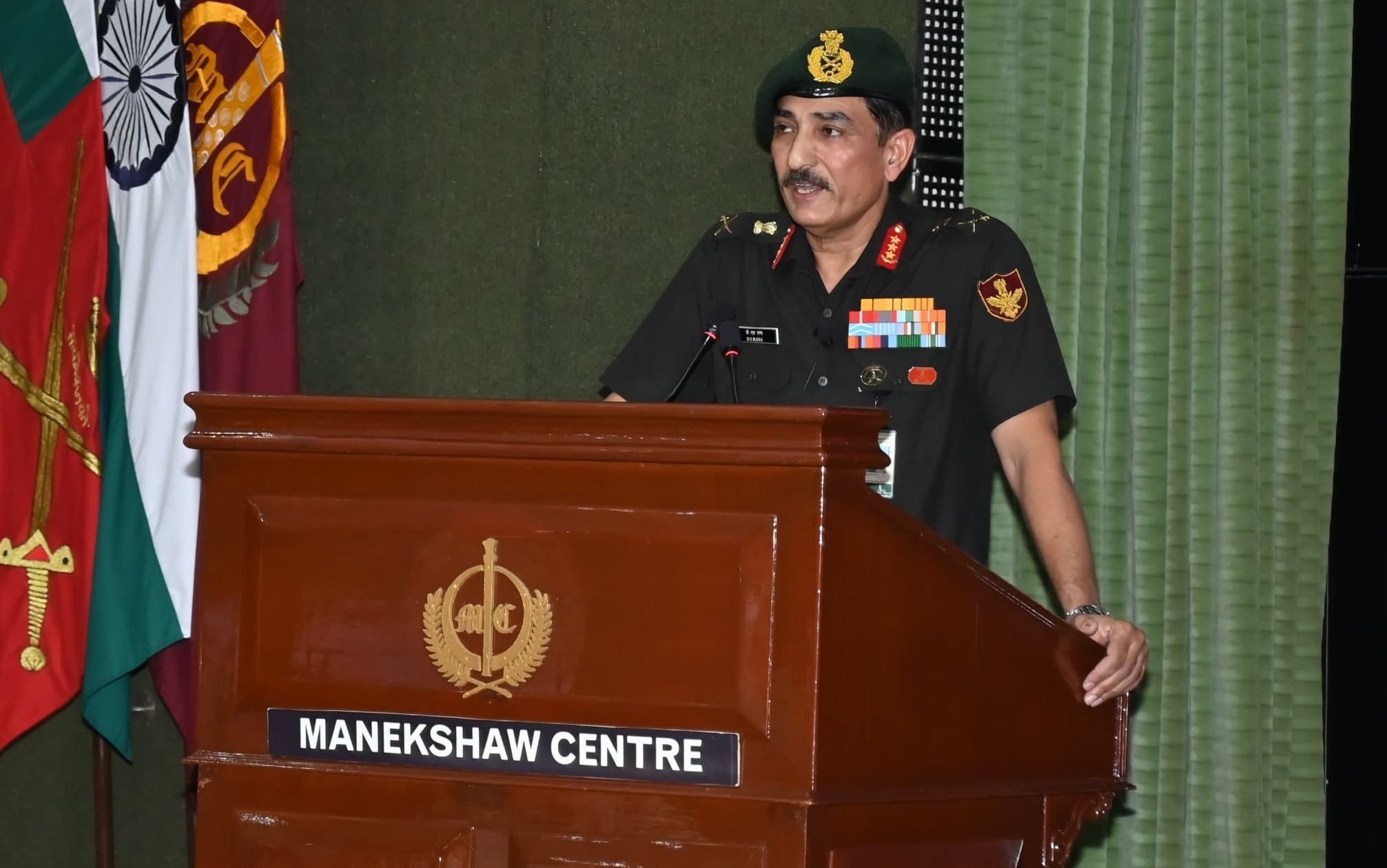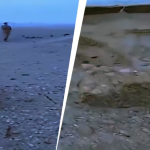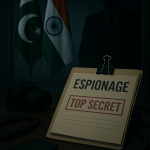In a landmark strategic briefing at the Manekshaw Centre, Lt Gen DS Rana, Director General of the Defence Intelligence Agency (DG DIA), addressed Foreign Service Attaches from over 70 countries, offering a comprehensive overview of Operation Sindoor—India’s bold and expansive military response to cross-border terrorism.
The operation, launched on May 7, followed the April 22 terrorist attack in Indian-administered Kashmir that killed 26 people, primarily Indian tourists. India holds Pakistan-based terror outfits Lashkar-e-Taiba (LeT) and Jaish-e-Mohammed (JeM) responsible for the massacre. Operation Sindoor targeted and destroyed nine major terror facilities, including LeT’s headquarters in Muridke and JeM’s base in Bahawalpur, marking one of India’s most extensive anti-terror military actions in recent years.
Lt Gen Rana emphasized the operation’s meticulous planning and multi-domain execution. He underlined the precision of India’s integrated tri-service response, stating that carefully validated targets with known terror linkages were neutralized through coordinated strikes involving the Army, Navy, and Air Force. The operation, he said, showcased India’s growing prowess in modern warfare, including cyber, space, and electronic operations—demonstrating both kinetic and non-kinetic superiority.
Visual evidence presented during the session included real-time satellite imagery and mission footage, highlighting the accuracy of the strikes. A central theme of the briefing was the high degree of “jointness and integration” across the services, which Lt Gen Rana credited as the defining factor in the operation’s success. He also drew attention to the indigenous nature of many platforms used in the operation, reflecting India’s strides in self-reliance and defense innovation.

Beyond military achievements, the briefing delved into the broader geopolitical narrative. Lt Gen Rana called out Pakistan’s ongoing disinformation efforts, referencing past reports—including the 2020 EU DisinfoLab exposé—that documented a widespread propaganda network. He said India’s response included a “whole-of-nation” approach, effectively countering false narratives while upholding regional peace and global credibility.
However, tensions along the Line of Control remain volatile. Since the April 22 attack, there have been daily ceasefire violations, with 12 Indian civilians reportedly killed and 57 injured in Pakistani shelling. Indian officials describe the strikes as a decisive message against terrorism, though they acknowledge the fragile state of bilateral relations with Pakistan.
Operation Sindoor has sparked international discussions on the future of warfare in South Asia. Defense analysts highlight the shift toward hybrid threats—where conventional combat is augmented by cyber attacks, economic coercion, and psychological operations. India’s recent operation is being viewed as a case study in multi-domain conflict management.
As Lt Gen Rana concluded, Operation Sindoor is not just a military event but a geopolitical marker—redefining India’s red lines on terrorism, projecting its military readiness, and reshaping deterrence dynamics in the subcontinent. The world now watches closely as India and Pakistan navigate the high-stakes aftermath of this confrontation.













